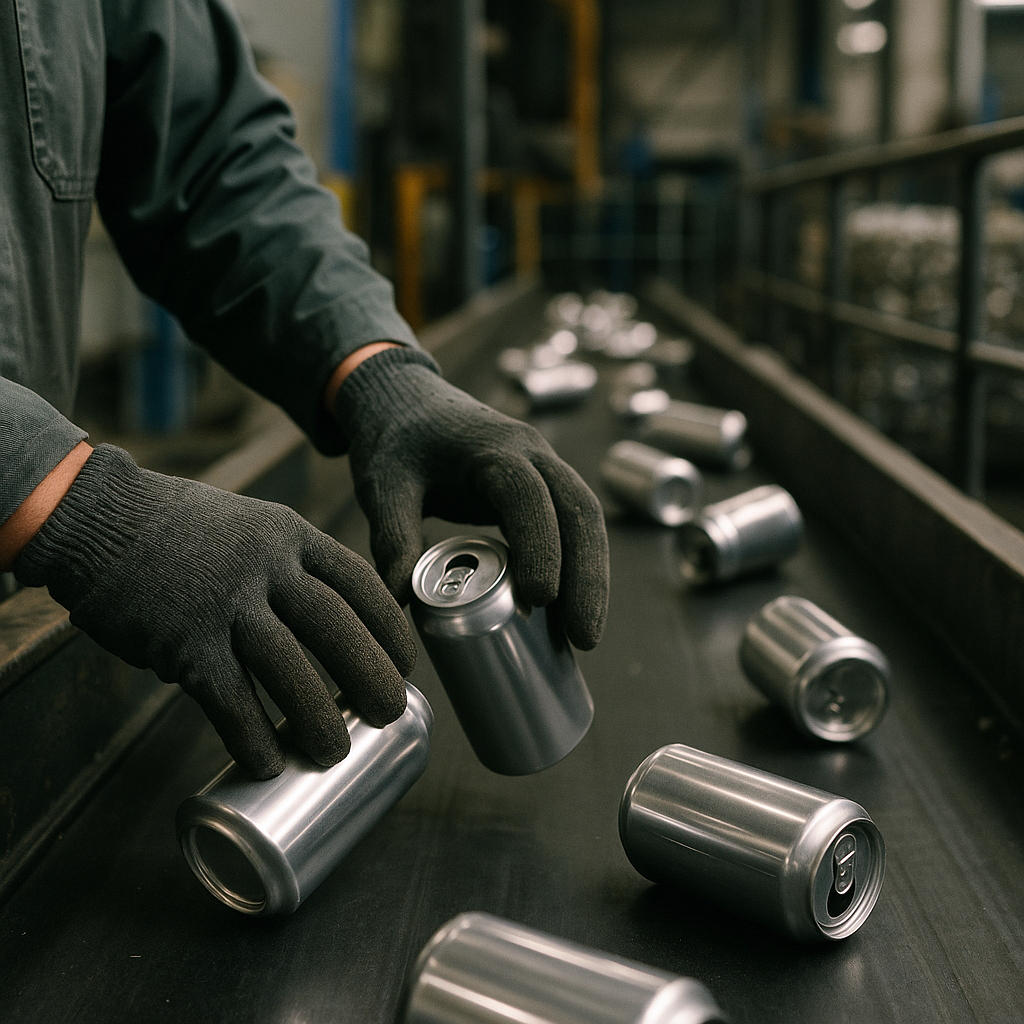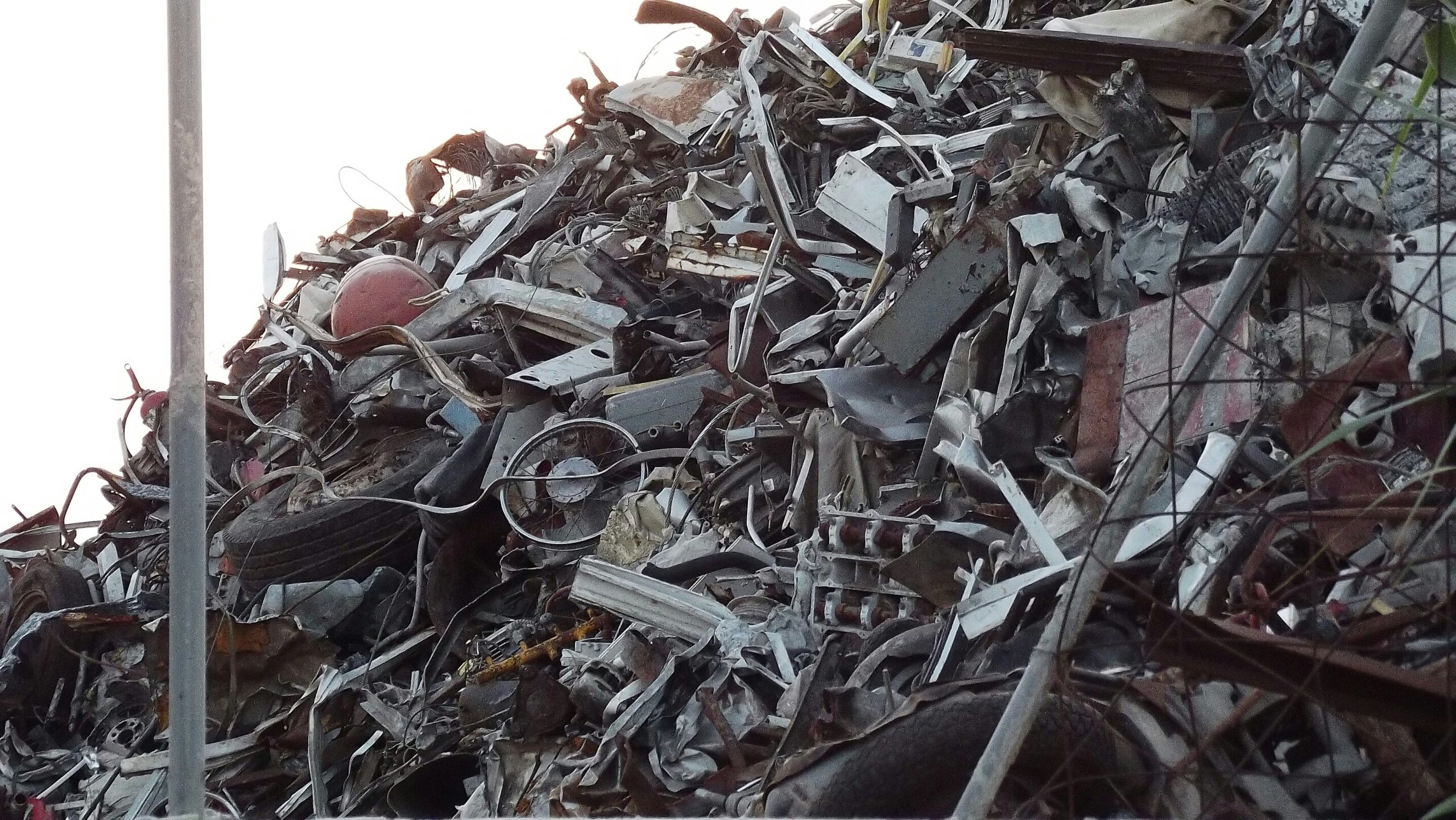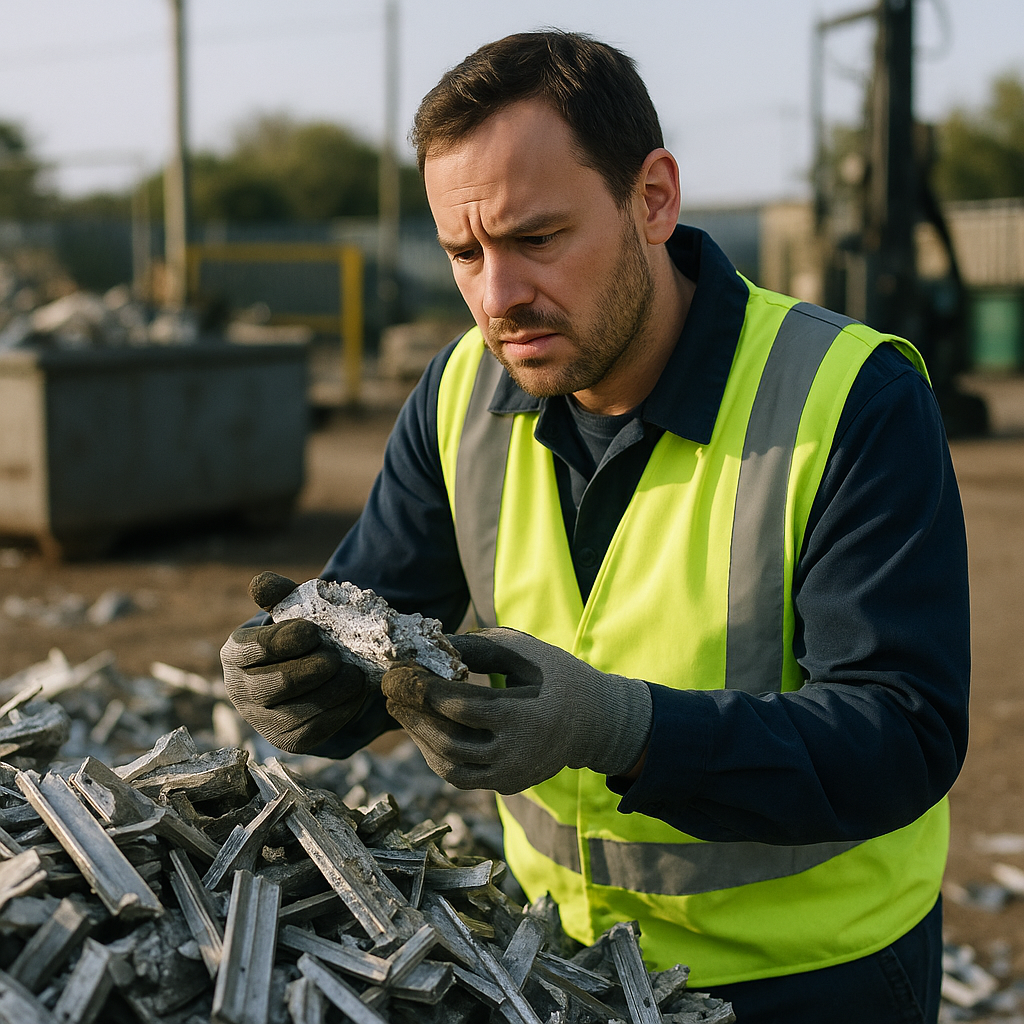5901 Botham Jean Blvd, Dallas, TX 75215
What Are High-Demand Aluminum Scrap Materials?
May 30, 2025High-demand aluminum scrap materials are recyclable products highly sought after by industries for their sustainability, cost-effectiveness, and versatility. The aluminum scrap market is thriving, valued at USD 7.60 billion in 2023 and expected to reach USD 28.12 billion by 2032. This impressive 7.9% CAGR highlights the growing importance of recycled aluminum in the economy.
Industries worldwide are adopting aluminum scrap as a sustainable alternative to primary production. The recycling process requires only about 5% of the energy needed for virgin aluminum, significantly reducing carbon emissions and production costs.
The demand for aluminum scrap spans multiple sectors. The construction industry uses recycled aluminum for sustainable building solutions. Automotive manufacturers incorporate it to reduce vehicle weight for improved fuel efficiency. The packaging industry relies on it to minimize environmental impact through more sustainable containers and wrapping materials.
What Drives the Growth in the Aluminum Scrap Market?

The aluminum scrap recycling market is experiencing substantial growth globally. Several key factors are driving this expansion as industries seek sustainable material sources. The global market is projected to reach USD 8.7 billion by 2030, growing at a CAGR of 7.8% from 2024 to 2030.
Rising environmental awareness has significantly influenced metal consumption patterns across industries. Companies are increasingly adopting aluminum recycling to reduce their carbon footprint. Recycled aluminum requires only 5% of the energy needed to produce primary aluminum, making it an attractive option for environmentally conscious businesses.
The automotive industry is a major growth driver for the aluminum scrap market. Vehicle manufacturers are increasingly using lightweight aluminum components to improve fuel efficiency and reduce emissions. As more aluminum enters the automotive supply chain, the volume of available scrap for recycling continues to grow.
Construction and packaging sectors also fuel market expansion through their high demand for recycled aluminum. In construction, aluminum’s durability and resistance to corrosion make it ideal for sustainable building projects. The packaging industry values aluminum for its versatility and infinitely recyclable nature.
Technological advancements in sorting and processing have transformed the aluminum scrap industry. Innovations like Laser Induced Breakdown Spectroscopy allow for precise analysis of aluminum alloys, ensuring high-quality recycled materials. These improvements have expanded the market’s capabilities to handle various grades of aluminum scrap.
Regional growth patterns reveal interesting trends in aluminum recycling. North America is showing particularly rapid growth due to robust recycling infrastructure and increasing sustainability awareness. The presence of numerous scrap suppliers in the U.S. has created a competitive market with significant export opportunities.
The Asia Pacific region dominates the global aluminum scrap market, accounting for over 51% of revenue share in 2023. China leads this regional market, driven by its position as the world’s largest producer and consumer of metals. Government regulations encouraging sustainable practices further support market growth throughout Asia.
Economic incentives also play a crucial role in market expansion. Recycling aluminum is typically more cost-effective than primary production, offering financial benefits alongside environmental advantages. This economic reality has attracted substantial investment in recycling facilities worldwide.
Strategic collaborations between industry players are accelerating market development. For example, in December 2023, Novelis partnered with Ball Corporation to decarbonize aluminum recycling operations and achieve a closed-loop economy. Such partnerships enhance recycling rates and streamline the processing of aluminum scrap.
Which Industries Have High Demand for Aluminum Scrap?

The automotive industry leads in aluminum scrap demand. Manufacturers are increasingly using recycled aluminum to reduce vehicle weight and improve fuel efficiency. Aluminum’s lightweight properties make it ideal for body panels, frames, wheels, and engine components. As automakers face stricter emissions regulations, recycled aluminum offers a strategic solution addressing environmental and performance requirements.
The construction sector also represents a major market for aluminum scrap. Building companies use recycled aluminum for its durability, corrosion resistance, and lightweight characteristics, making it suitable for roofing, siding, facades, and structural components. This material helps projects achieve green building certifications while reducing environmental impact. Its strength-to-weight ratio is valuable for modern architectural designs.
The packaging industry, especially beverage containers, drives significant demand for aluminum scrap. Recycled aluminum is widely used in manufacturing cans and packaging materials. Companies in this sector are turning to recycled aluminum to appeal to environmentally conscious consumers, enhancing brand loyalty and market share. The quick recycling turnaround for aluminum cans makes this an efficient closed-loop system.
Electronics and appliance manufacturers use aluminum scrap due to its excellent thermal conductivity and electrical properties. From smartphones to refrigerators, recycled aluminum provides required performance while helping manufacturers meet sustainability targets.
The machinery and equipment industry also contributes to aluminum scrap demand, using the material for industrial components where lightweight strength is essential. Aluminum’s versatility allows it to be formed into complex shapes needed for specialized equipment.
These industries collectively drive market growth for aluminum scrap in North America, with the United States as the largest contributor. Their continued adoption of recycled aluminum not only supports sustainability initiatives but also strengthens the economic viability of the aluminum recycling market. As regulations focus more on reducing carbon emissions, the demand for recycled aluminum in these sectors is expected to rise, creating additional opportunities for the recycling industry.
What Challenges Does the Aluminum Scrap Market Face?
Price Fluctuations and Market Volatility
The aluminum scrap industry operates in a complex economic environment where price stability is elusive. Raw material costs fluctuate with global commodity markets, making long-term planning challenging for recyclers and processors.
When aluminum prices drop suddenly, collected scrap can lose significant value before processing and selling. For recycling facilities operating on thin margins, these fluctuations threaten financial sustainability.
The automotive sector, accounting for 40-50% of aluminum scrap consumption, contributes to this instability. As vehicle manufacturing shifts toward using more wrought aluminum alloys, forecasts suggest the industry may soon produce more scrap than it can consume internally.
Regulatory Hurdles and Trade Barriers
Government policies and international trade regulations pose significant challenges for aluminum recyclers. Tariffs on imported and exported materials disrupt established supply chains, potentially turning profitable operations into struggling businesses.
Complex environmental compliance requirements add operational costs. While serving important ecological goals, these regulations increase the administrative burden for recycling facilities.
Some experts identify tariffs as the biggest challenge facing the U.S. aluminum scrap market. Trade disputes turn former allies into competitors, fragmenting efficient international recycling networks.
Technological Limitations in Processing
Contamination is a persistent challenge in aluminum recycling. When materials like plastics, paper, or food residue mix with aluminum scrap, they degrade the quality and value of the recycled material.
Current sorting technologies struggle to efficiently separate mixed alloys. The varying compositions of wrought and cast aluminum alloys complicate processing efforts. Impurity levels that exceed certain thresholds render recycled materials unsuitable for high-performance applications.
Manual sorting processes are labor-intensive and expensive. While advanced technologies like Laser Induced Breakdown Spectroscopy (LIBS) and X-ray Fluorescence (XRF) show promise, they have not yet achieved widespread implementation.
Collection and Infrastructure Gaps
Inefficient collection systems create bottlenecks in the recycling process. Many regions lack adequate infrastructure for gathering, sorting, and transporting aluminum scrap.
Consumer awareness and participation in recycling programs vary widely. Without consistent public engagement, valuable aluminum materials end up in landfills instead of recycling streams.
The aluminum industry must develop robust systems to handle increased volume as recycling rates grow, requiring significant investment in infrastructure and educational initiatives.
Growth Opportunities Despite Challenges
Despite these obstacles, the aluminum scrap market continues to expand. Global demand for sustainable materials drives innovation in recycling processes. The economic and environmental benefits of recycled aluminum—which requires 95% less energy than primary production—ensure continued market growth.
Forward-thinking companies now develop broader alloy specifications that can accommodate higher impurity levels, allowing wider varieties of scrap materials to enter production streams.
The creation of versatile “unialloys” represents another promising development, meeting requirements across multiple applications while tolerating various impurity levels.
As technology advances and sustainability priorities increase, the aluminum scrap market demonstrates remarkable resilience against these persistent challenges.
Conclusion: The Future of High-Demand Aluminum Scrap Materials

The aluminum scrap market is poised for significant growth. Projections show an increase from USD 7.60 billion in 2023 to USD 28.12 billion by 2032, with a strong 7.9% CAGR. This growth underscores the rising importance of recycled aluminum in global sustainability and circular economy efforts.
Technological innovations are reshaping recycling. AI-powered sorting systems now precisely identify and separate aluminum grades. Automation enhances processing capacity and cuts operational costs, making recycled aluminum ideal for high-value applications in automotive, construction, and electronics. The environmental benefits are clear—recycled aluminum uses about 95% less energy than primary production, greatly reducing carbon emissions and conserving resources.
For more information about responsible aluminum recycling solutions for your business, contact Okon Recycling at 214-717-4083. Our experts can help you implement sustainable recycling practices that benefit both your operations and the environment.
